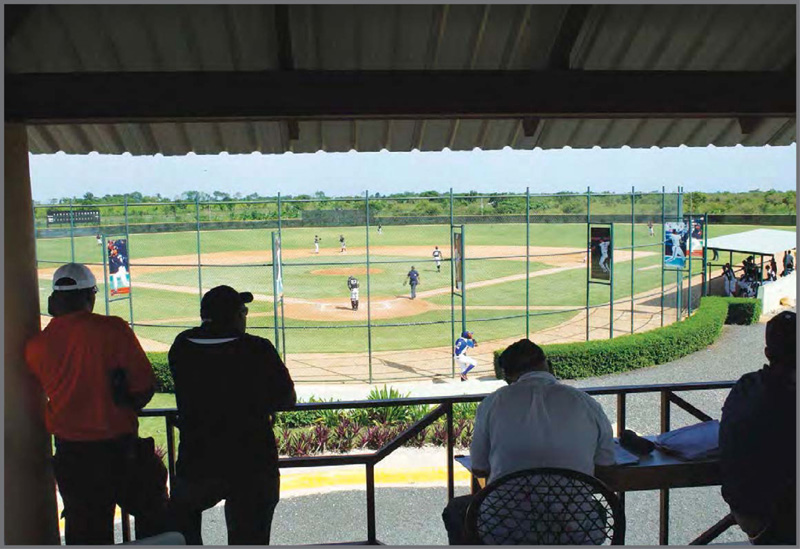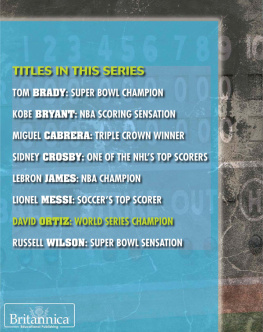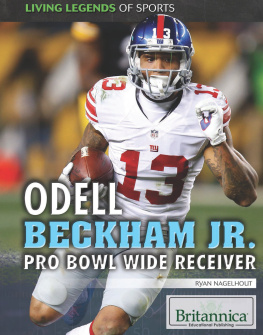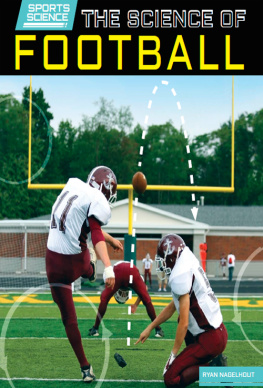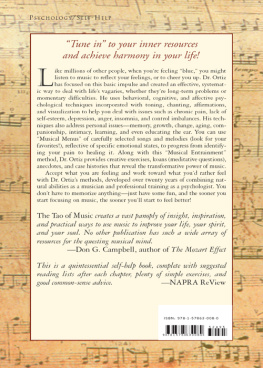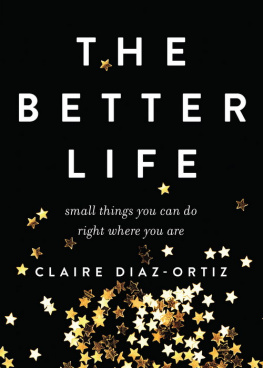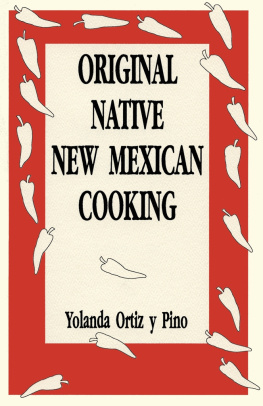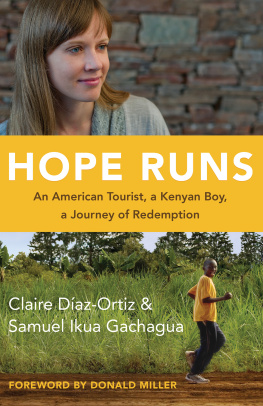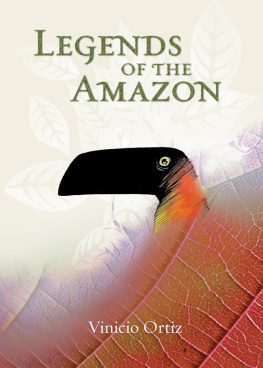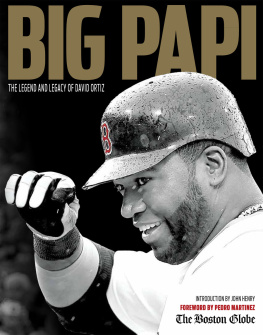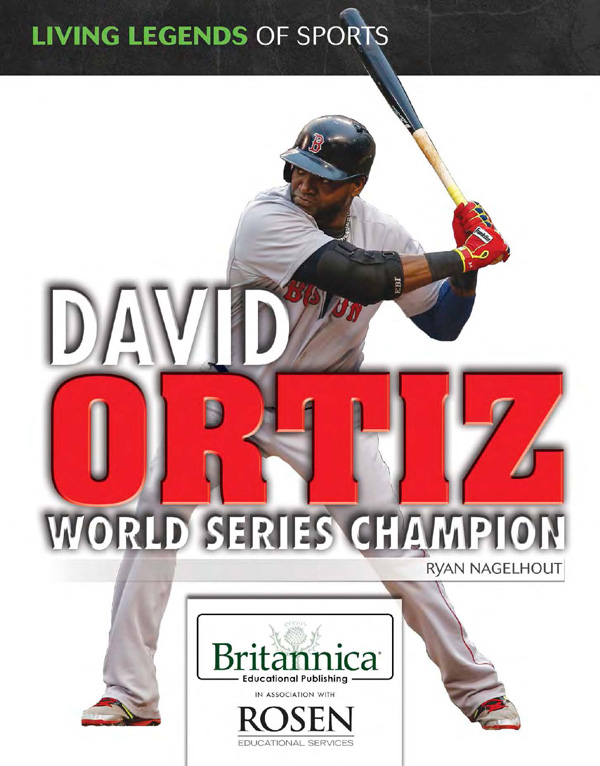
Published in 2016 by Britannica Educational Publishing (a trademark of Encyclopdia Britannica, Inc.) in association with The Rosen Publishing Group, Inc.
29 East 21st Street, New York, NY 10010
Copyright 2016 The Rosen Publishing Group, Inc., and Encyclopdia Britannica, Inc. Encyclopaedia Britannica, Britannica, and the Thistle logo are registered trademarks of Encyclopdia Britannica, Inc. All rights reserved.
Distributed exclusively by Rosen Publishing.
To see additional Britannica Educational Publishing titles, go to rosenpublishing.com.
First Edition
Britannica Educational Publishing
J.E. Luebering: Director, Core Reference Group
Anthony L. Green: Editor, Comptons by Britannica
Rosen Publishing
Kathy Campbell: Editor
Nelson S: Art Director
Brian Garvey: Designer
Cindy Reiman: Photography Manager
Library of Congress Cataloging-in-Publication Data
Nagelhout, Ryan.
David Ortiz: World Series Champion/Ryan Nagelhout.First Edition.
pages cm.(Living Legends of Sports)
Distributed exclusively by Rosen PublishingT.p. verso.
Includes bibliographical references and index.
ISBN 978-1-6804-8103-7 (eBook)
1. Ortiz, David, 1975-Juvenile literature. 2. Baseball playersDominican RepublicBiographyJuvenile literature. I. Title. GV865.O78N34 2015
796.3570922dc23
[B]
2014039834
Photo credits: Cover, p. 1 Otto Greule Jr/Getty Images; p. 4 Jed Jacobsohn/Getty Images; p. 7 Erika Santelices/AFP/Getty Images; p. 8 Forth Worth Star-Telegram/McClatchy-Tribune/Getty Images; p. 9 Eduardo Munoz/Reuters/Newscom; pp. 1011, 36 AP Images; p. 13 Rick Stewart/Allsport/Getty Images; p. 15 David Seelig/Getty Images; pp. 1617 Timothy A Clary/AFP/Getty Images; pp. 19, 2627 The Boston Globe/Getty Images; p. 20 Chris Trotman/Getty Images; p. 23 Doug Pensinger/Getty Images; pp. 2425 J. Rogash/WireImage/Getty Images; p. 29 John G. Mabanglo/EPA/Newscom; p. 32 Hannah Foslien/Getty Images; p. 33 Jeff Haynes/Reuters/Newscom; pp. 3435 Win McNamee/Getty Images; pp. 3839 Victor Baldizon/Getty Images; cover and interior pages background images iStockphoto.com/TriggerPhoto (scoreboard), iStockphoto.com/Nikada (texture).
CONTENTS
W hen sports fans think of great Boston Red Sox players, they look to the numbers hanging over right field in the citys historic Fenway Park. Ted Williamss number 9, Carl Yastrzemskis 8, or Jim Rices 14 were all retired by the Red Sox following those players spectacular careers with the team. For more than a century, fans have filled Fenway Park to see the greats of the game dazzle them with towering home runs and important victories.
Todays Red Sox fans fill the stands at Fenway to see one living legend play: David Ortiz. The designated hitter (DH) known as Big Papi has wowed Red Sox fans with big hits and an even bigger smile for more than a decade. Whether sitting atop the parks iconic thirty-seven-foot (eleven-meter) tall left-field wall, nicknamed the Green Monster, or cheering from the centerfield bleachers, everyone in Fenway Park hopes to get a home run ball when Ortiz steps to the plate.
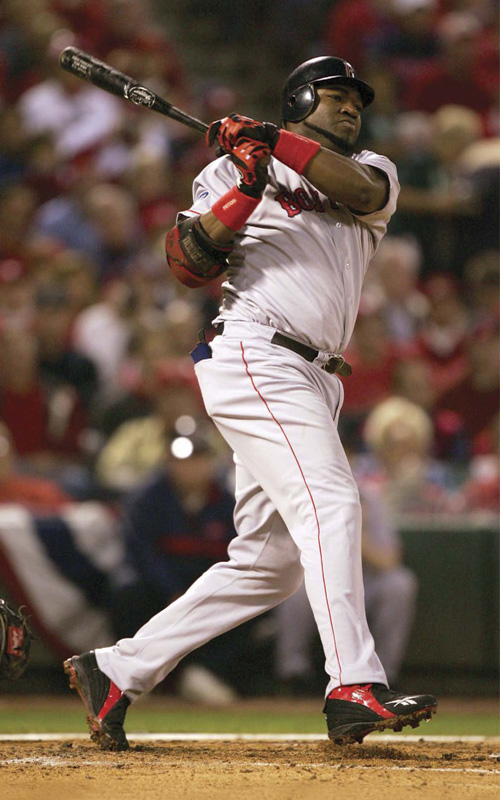
David Ortiz is one of the most feared hitters in baseball. His number 34 will likely join the numbers of seven other Boston Red Sox players that have been retired.
In 2004, Ortizs big bat led the Red Sox to their first World Series championship in eighty-six years. His clutch hitting helped Boston win two more championships over the next decade and solidified his reputation as one of the best big-game players in Major League Baseball history.
D avid Amrico Ortiz Arias was born on November 18, 1975, in the city of Santo Domingo in the Dominican Republic. Ortizs parents, Enrique Ortiz and Angela Rosa Arias, had two childrenDavid and his sister, Albania.
Ortizs father was a baseball player, a pitcher, growing up. When Enrique and Angela got married and had David, Enrique stopped playing baseball and sold auto parts to take care of his family. Enrique taught David a lot about baseball, and Ortiz said his father helped him throughout his career in the major leagues.
Angela Rosa Arias worked as a secretary in the Dominican Republics Department of Agriculture. She also traveled all over the Caribbean selling clothes and trying to make extra money for the family. When Ortiz was fourteen or fifteen years old, he and his family left Santo Domingo and moved to a town called Haina. Going from a city of nearly three million to the much smaller Haina was a big change for the family. The house was very small and the streets were not paved. There, with not much to do, Ortiz was constantly playing baseball.
QUICKFACT
The Dominican Republic shares the island of Hispaniola with the country of Haiti.
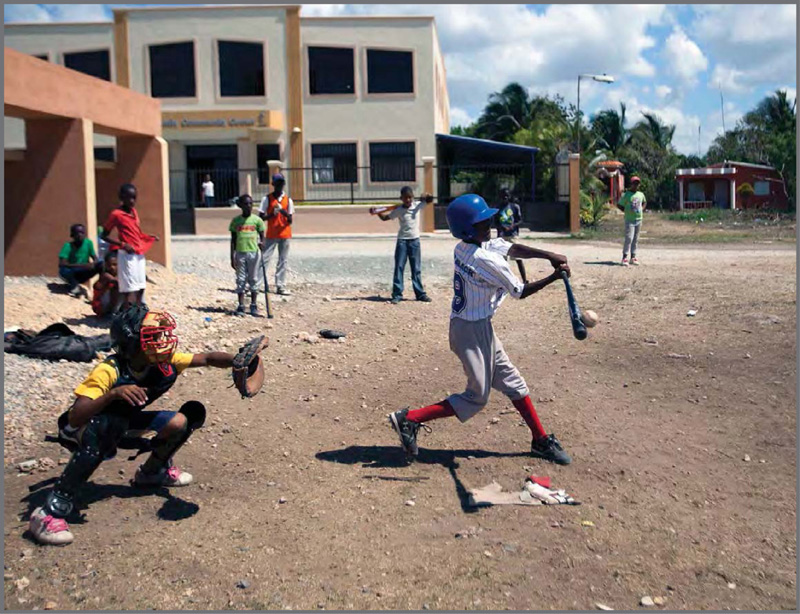
These children are playing baseball in the Dominican Republic. Cubans first brought baseball to the Dominican Republic in the 1880s and early 1890s.
Learning the Game
Baseball is the national sport of the Dominican Republic. Many great baseball players have grown up in the Dominican Republic and had long major league careers. Ortiz learned how to play baseball on the streets of Santo Domingo, which meant he was not playing with the equipment many baseball players are used to.
Ortiz said he never played baseball with a glove when he was growing up. His friends often did not have baseballs or bats either. He said he usually played with a broomstick as a bat, and a bottle cap as a ball. Sometimes he would steal a sock from his father and wrap it in a plastic bag. He would even break the heads off his sisters dolls and use them as baseballs.
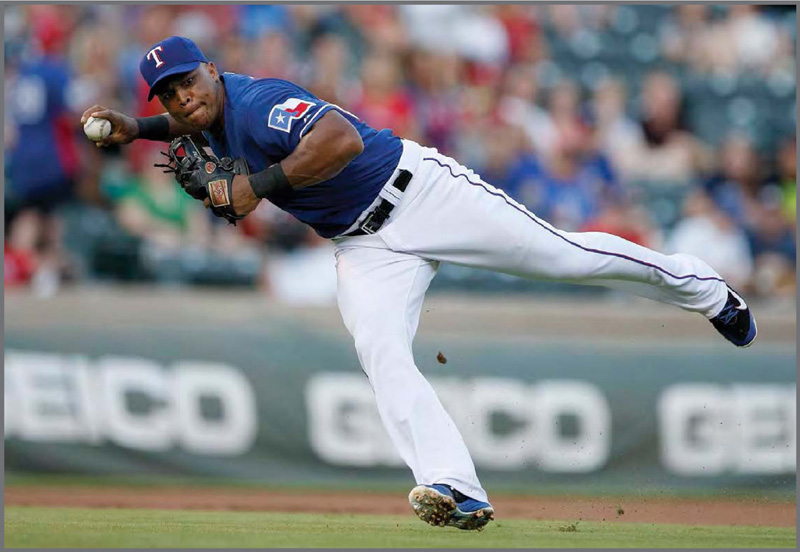
Third baseman Adrin Beltr is another Major League Baseball (MLB) player who grew up in the Dominican Republic. He and Ortiz played together on the Red Sox in 2010.
Hitting a bottle cap with a broomstick is no easy task, but Ortiz thinks it helped him become a better hitter. I have to believe it helped me develop my hand-eye coordination, Ortiz wrote in his 2007 autobiography, Big Papi. Ive always been able to hit a curveball, and I think one of the big reasons is because I learned how to hit a bottle cap with a broomstick when I was growing up.
When Ortiz was a teenager, his parents split up. David and Albania lived with their mother while his father remarried and had another child, Davids half-sister, Yacili. Despite not living with his father, David continued to receive help from him and grew as a baseball player. His father drove up to watch David play and helped him draw the interest of major league teams.
QUICK FACT
The Dominican Republic has a population of just over ten million and is home to many major league stars, including Jose Reyes, Manny Ramirez, Robinson Can, and Adrian Beltre.
